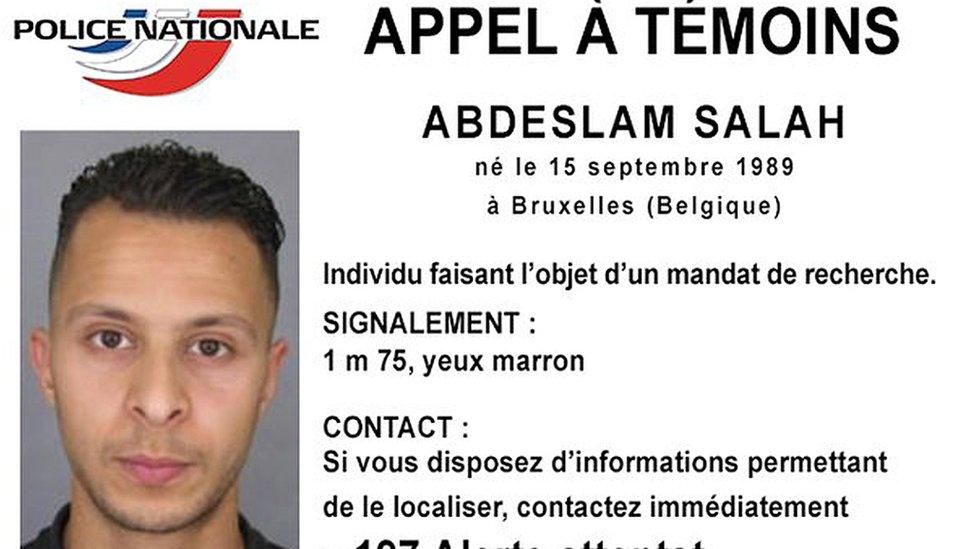Brussels explosions: What we know about airport and metro attacks
- Published

The aftermath in the departures hall at Brussels Zaventem airport following the explosions
Bombings at Brussels airport and a metro station in the city on Tuesday 22 March killed 32 people from around the world.
Many more were injured in the attacks. The toll does not include three bombers who died.
Twin blasts struck the main terminal of Zaventem international airport, in the north-east of the city.
Another explosion hit the Maelbeek metro station in the city centre, close to several European Union institutions.
Brussels explosions: Timeline of events
Who carried out the attacks?
The so-called Islamic State group said it was behind the attacks.
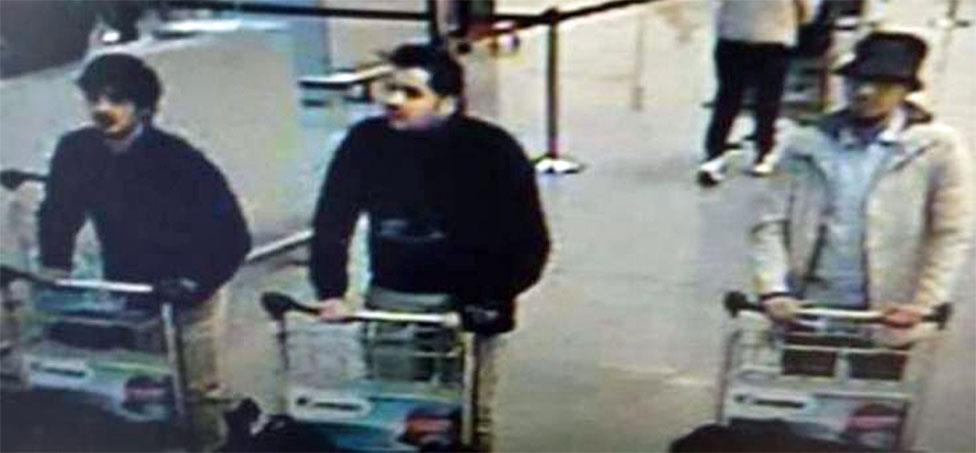
CCTV footage captured the three attackers shortly before two of them detonated explosives
The bombers have been named as follows:
Khalid el-Bakraoui (deceased) - identified by the Belgian federal prosecutor as the suicide bomber in the metro attack. Khalid, 27, had used a false name to rent the flat in the Forest area of the Belgian capital where police killed a gunman in a shootout on 15 March.
Osama K- Prosecutors say this man, arrested on 8 April, has been identified as the man seen with Bakraoui at the Malbeek metro station, and that he bought bags used by the attackers at Zaventem airport. He has been identified in media reports as Swedish national Osama Krayem.
Ibrahim el-Bakraoui(deceased) - one of the airport suicide bombers. Ibrahim, Khalid's brother, was identified as the central figure in the image of three suspects caught on CCTV at Zaventem airport shortly before the explosions.
Najim Laachraoui (deceased) - The Belgian prosecutor has confirmed he was the second suicide bomber at Brussels airport. Laachraoui, pictured on the left of the CCTV image, was named last month as an accomplice of Salah Abdeslam, the main suspect in the Paris attacks in November, who was arrested in Brussels days earlier.
Mohamed Abrini - The third man in the CCTV, pictured wearing a hat, fled the airport shortly after the blast. After his arrest on 8 April, Abrini is said to have confessed "after being confronted with the evidence". He was already wanted by police after his fingerprints and DNA were found in two "safe houses" in Brussels, as well as in a car used during the Paris attacks, investigators said.
The airport attack
Two explosions, moments apart, tore through the check-in area of Zaventem airport at 07:58 local time (06:58 GMT).
One eyewitness reported hearing shouts in Arabic just before the explosions.
Officials said the bombs were detonated just seconds apart at opposite ends of the departures hall. Witnesses said people ran from the site of the first blast, only to be caught in the second, near the main entrance.

The metro station attack
Just over an hour later, a further blast happened at the Maelbeek metro station in the city centre, close to several EU institutions.
A three-carriage train was just leaving the station in the direction of Arts-Loi, the next stop a short distance away, when the blast happened, according to Brussels transport operator STIB.
The bomb was apparently detonated in the middle carriage, which was running along the platform at the time. The driver immediately halted the train and evacuated the carriages.
People leaving the Brussels metro following the blast
How many people were killed?
Thirty-two people died in the three explosions or later from their injuries, in addition to the three bombers.
All have been identified, the Crisis Centre said in an update, external (in French) on 29 March. Sixteen of them died in the airport attack, and 16 others at Maelbeek.
Seventeen of the dead were Belgians, and the rest were foreign nationals, the centre said.
In total, 340 people were injured in both attacks, and 57 victims remained in Belgian hospitals on 7 April, according to another update, external.
"What we feared, has happened," Belgian Prime Minister Charles Michel told a news conference.
"We realise we face a tragic moment. We have to be calm and show solidarity."
The investigation and charges
Police have conducted several raids across Brussels since the attacks.
Most recently, on 8 April, Belgian media reported that Mohamed Abrini, the key remaining suspect in November's Paris terror attacks, had been arrested.
Sources cited in reports said Abrini was also likely to be the "man in the hat" seen on CCTV before the blasts in the Brussels airport departure hall on 22 March.
New video was released on Thursday of the so-called "man in the hat"
Prosecutors confirmed that several arrests had been made in connection with the Brussels attacks, but did not give further details.
In the aftermath of the attacks, police were approached by a taxi driver who said he had driven three men with big bags to the airport on the morning of the attacks.
Local media reported that the driver had refused to take one of men's large bags because there was not enough room in the vehicle.

Masked Belgian police raided an address in the Anderlecht suburb of Brussels on Wednesday morning
Police later found a large nail bomb at the address the taxi driver gave them, along with 15kg of TATP high explosive, chemicals, detonators, bomb-making materials and an Islamic State flag.
TATP, or triacetone triperoxide, was the explosive used by the suicide bombers in Paris. It is produced by combining chemicals sold in pharmacies and hardware stores.
Also found at the address was a note written by Ibrahim el-Bakraoui that read: "I don't know what to do, I am in a hurry, I am on the run, people are looking for me everywhere and if I give myself up I will end up in a cell."
Why has Belgium's capital been attacked?
From Paris to Brussels: Why the attacks are linked
Twelve people were arrested in raids across Belgium, France and Germany on 24 and 25 March. Some have been charged.
They include:
Faycal C, Khalid A and Mariam A - arrested in a car outside the offices of the Belgian federal prosecution in Brussels on 24 March. Khalid A and Mariam A were released but Faycal C was charged with participation in the activities of a terrorist group, terrorist murders and attempted terrorist murders. However, on 28 March he was released, with prosecutors saying the indications that led to his arrest "were not substantiated by the ongoing inquiry". A search of his home found no weapons.
Reda Kriket, 34 - held in the Paris suburb of Argenteuil on 24 March. He was alleged to be in the "advanced stage" of plotting an attack
Rabah N - charged with participation in the activities of a terrorist group. This followed the arrest made in the Paris suburb
A Abubakar - charged with participation in the activities of a terrorist group
Abderamane A - detained after being shot in the legs by police at a Brussels tram stop on 25 March. Detention extended
Is Brussels safe?
Belgium raised its terror threat to its highest level following the attacks.
The UK Foreign and Commonwealth Office (FCO) says in its travel advice, external that visitors should "remain vigilant, stay away from crowded places and follow the instructions of the Belgian authorities".
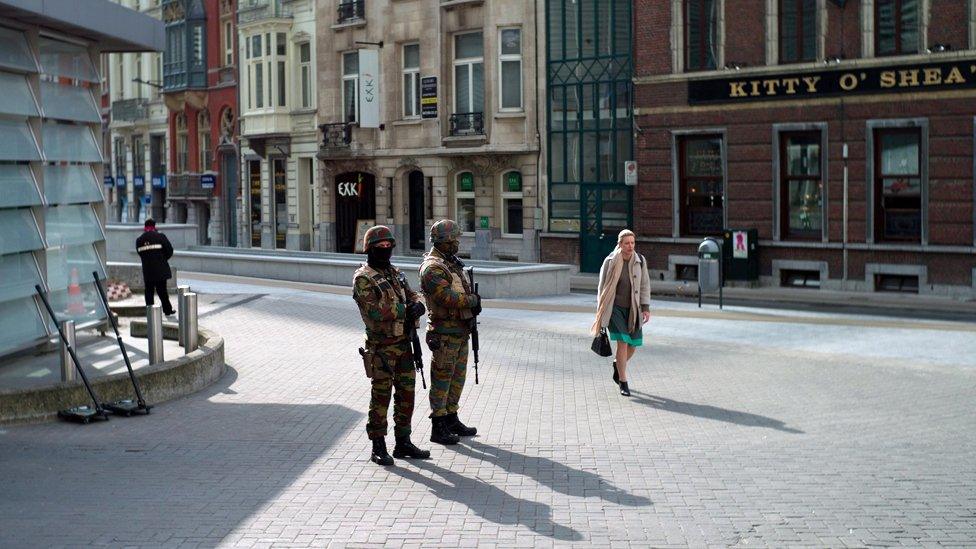
Soldiers were deployed across Brussels in the hours after the two deadly attacks
How was transport affected?
Brussels Zaventem airport closed after the attacks, with all flights diverted elsewhere or cancelled.
Flights began resuming on 3 April, and the airport advises, external all passengers to arrive at the airport three hours before their departure time.
The whole metro system was shut after the attacks but was later reopened with a few restrictions.
How have other countries reacted?
Security measures have been stepped up in western European countries following the attacks.
French Interior Minister Bernard Cazeneuve said an extra 1,600 police officers were deployed to train stations, airports and border crossings. France has been on alert since 130 people were killed in attacks in Paris last November.
British airports and transport hubs also increased security as a precaution. The UK's official terrorist threat level remains unchanged at "severe," the second-highest level on a five-point scale, meaning an attack is highly likely.
German authorities stepped up security measures at airports, train stations and the borders with Belgium, France, the Netherlands and Luxembourg, a spokesman for the federal police said.
- Published9 April 2016
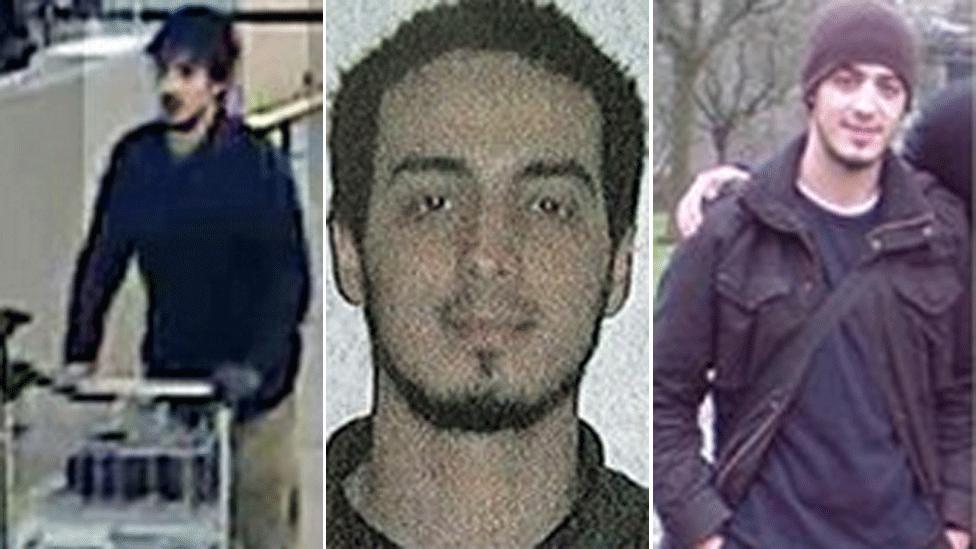
- Published24 March 2016
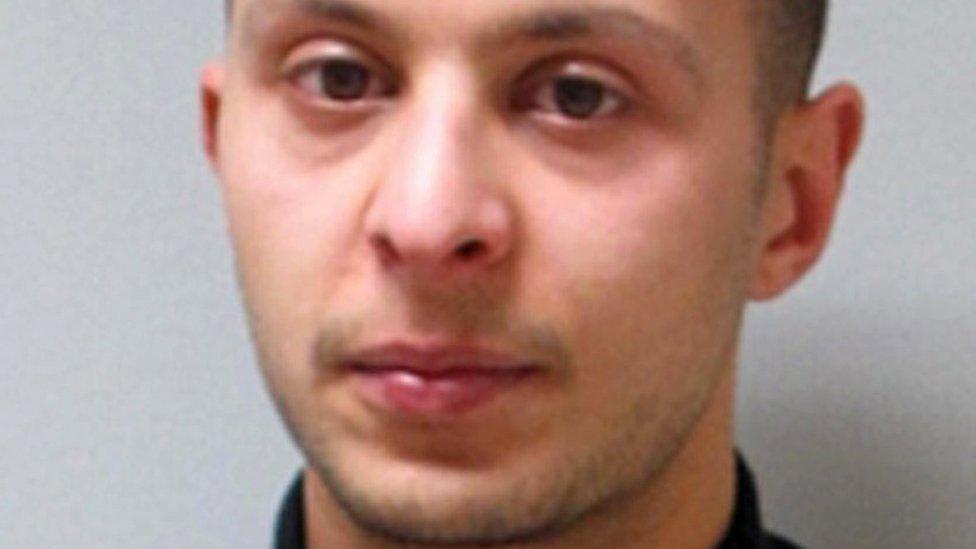
- Published17 November 2015
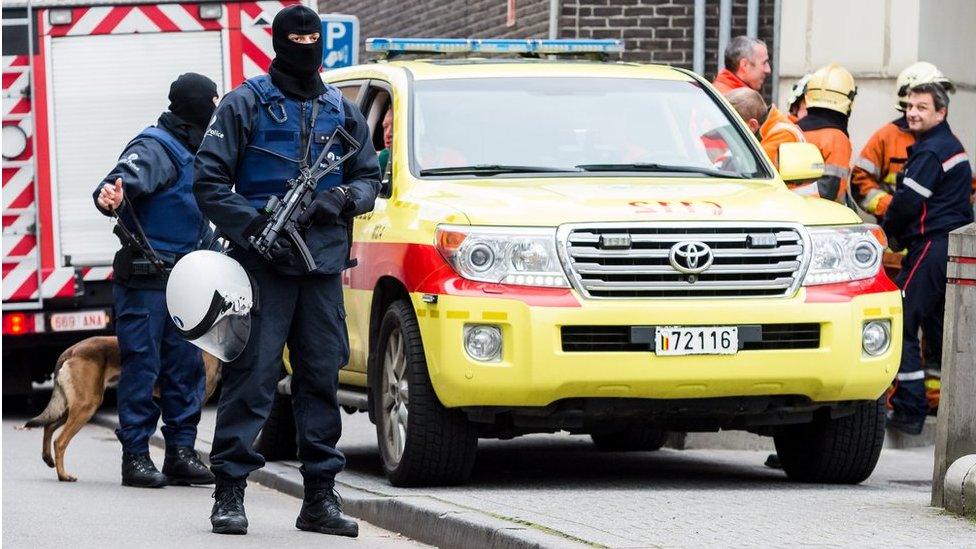
- Published19 March 2016
